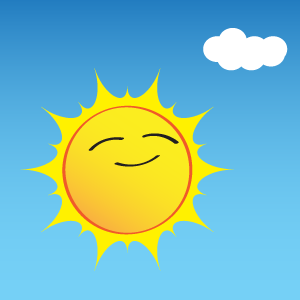The short story anthology Unspun comes out April 10, and includes my story Heart of a Thief, in which I get to do exactly this sort of unpacking and rearranging to Jack and the Beanstalk.
You remember the story: Jack goes to sell the family cow and ends up trading her for magic beans. This seems like an awful bargain, but those beans turn out to be the real deal. Jack bravely acquires gold coins, a magic harp, and a goose that lays golden eggs. Oh, and the giant who owned them dies when Jack chops down the beanstalk. For the shocking low price of one cow (and possibly being charged with manslaughter, depending on the legal status of giants in this setting), Jack gets fame and fortune.
You can see the obvious problem. Why on earth would someone who has magic beans trade them for an old cow? That person ought to use the beans to go get the treasure themselves. What could possibly motivate the kind old man to part with his miraculous legumes?
Well, there are a lot of possiblities. Here are a few that I entertained:
- The man is Jack's estranged father in disguise, coming back to make amends by giving Jack something valuable.
- It's the giant's wife in disguise, hoping to get rid of her good-for-nothing husband. That explains why she keeps hiding Jack in the house on repeated visits despite Jack's habit of running off with their stuff.
- Buying the cow is step one of a heist. It's easier to rob a farmhouse than a giant's stronghold, and he's planning to steal the treasure from Jack.
- He stole the beans from a passing wizard, not knowing how valuable they are. Now he's being pursued and needs to offload them quick.
- The cow is magic! Forget golden eggs, this cow's milk is like the fountain of youth!
- No wait, the cow is his true love, a princess enchanted years ago by an evil witch. (This might be the most plausible yet. Princesses, witches, and true love are hardly in short supply in these stories.)
~~~~~~~~~~
For more information about Unspun, see my post announcing the anthology.
For my take on another fairy tale, check out my analysis of Goldilocks and the Three Bears.
Are you looking for more fairy tale retellings? My two favorite adaptations are Gail Carson Levine's Ella Enchanted and Shannon Hale's Book of a Thousand Days. I am also currently enjoying the webcomic Namesake. More authors of great retellings include Robin McKinley, Patricia Wrede, Juliet Marillier, and Jessica Day George.








